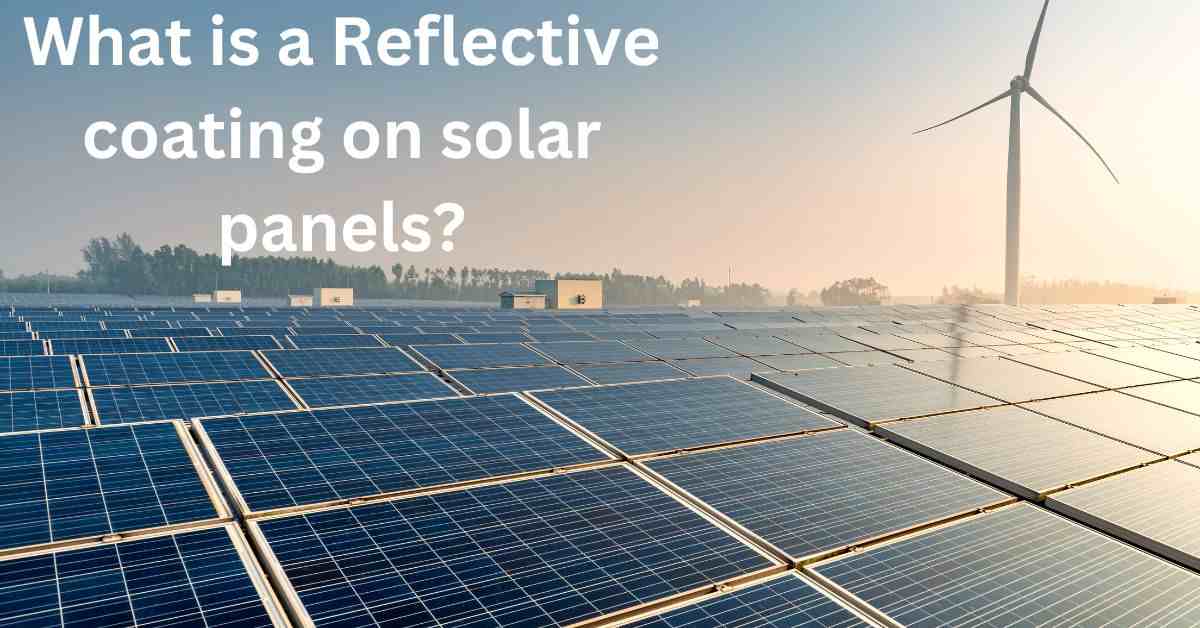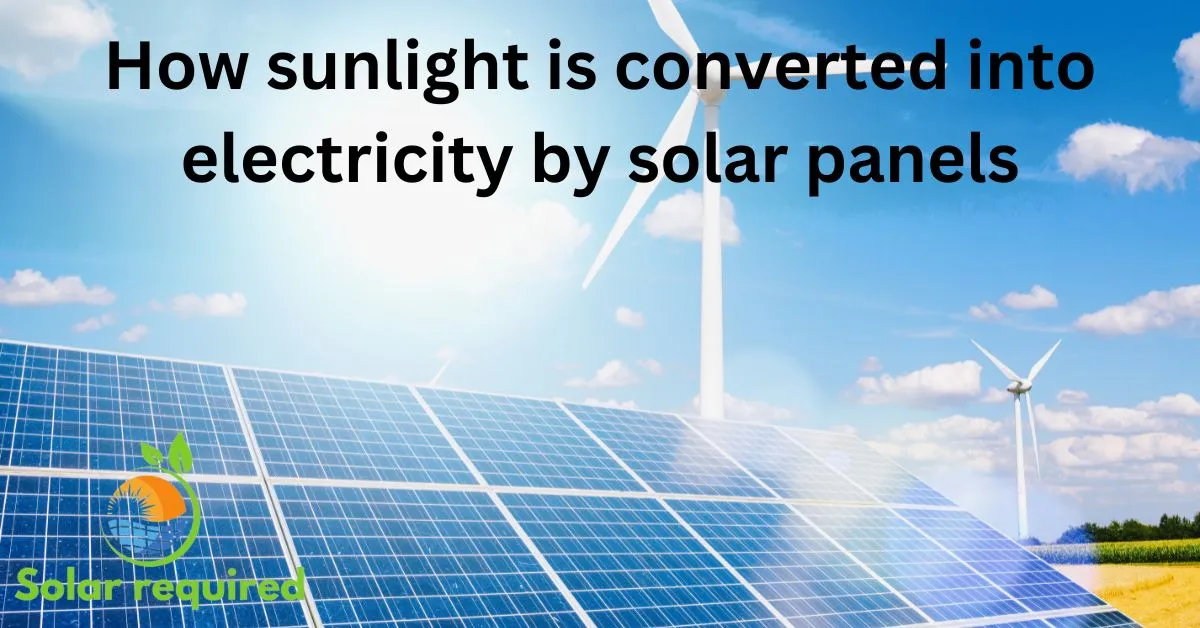Introduction
Welcome to the bright and energizing world of solar technology! Solar panels have become a staple in our pursuit of renewable energy. They keep getting better at making energy. One of the advanced technologies enhancing solar panel performance is using reflective coatings. These layers are special. They shield the panels.
They also improve the panels’ ability to capture sunlight and turn it into electricity. In this blog, we’ll explore what reflective coatings are. We will also outline their benefits. We will explain how they boost solar panels’ energy and productivity.
What is a reflective coating on solar panels?
Definition and Objective
Solar panels have a reflective coating on them. It’s a particular kind of thin film. It is first applied to or added to the surface of solar cells (PV cells). These cells convert sunlight to power. The main goal of this coating is to change how sunlight interacts with these cells. The coating reflects certain light. This stops all light from passing through the glass. This increases the total absorption rates of the cells. The solar panels can produce more power if they can absorb more sunlight.
How Reflective Coatings Work
Reflective coatings are designed to control light efficiently. They improve the solar panel’s capacity to collect and use light in two important ways. First, by reducing how much light reflects from the panel’s surface, more sunlight enters the panel.
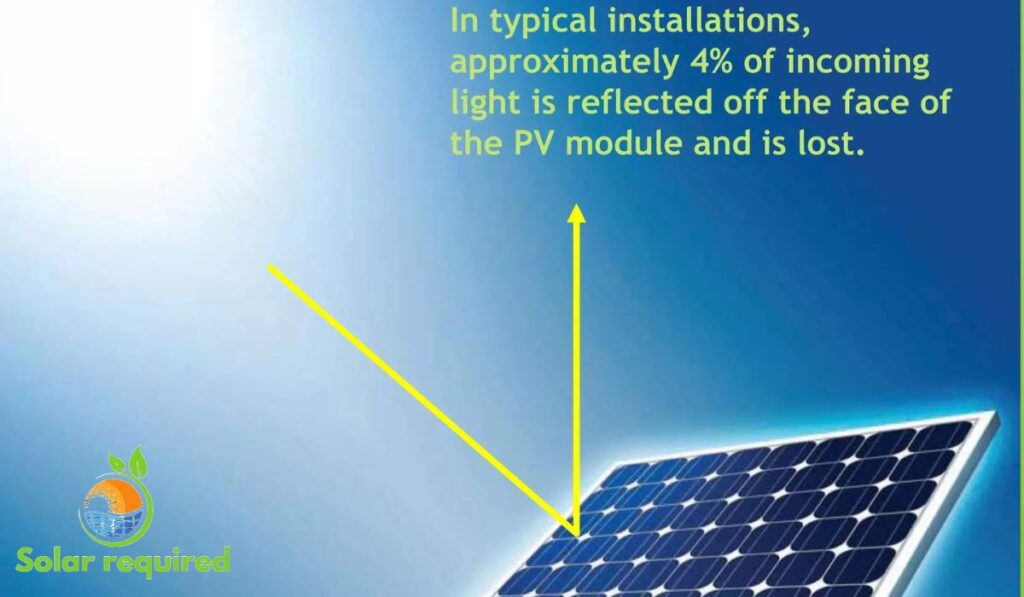
Also, some reflective coatings scatter light into a broader spectrum. This increases the chances that objects will absorb light instead of reflecting it. The coatings are usually made from materials like silicon oxides or metallic nanoparticles. These materials have properties. They make the materials good at controlling light. This control improves solar capture.
Benefits of Reflective Coating on Solar Panels
Increased Energy Efficiency
Adding a reflective coating to solar panels has a clear benefit. It increases their energy efficiency. By increasing the sunlight the panels absorb, they waste less energy. Here’s how this works:
Normally, the solar panel’s surface reflects a considerable amount of sunlight away. Reflective coatings decrease this reflection. This means more light is available for making electricity.
Better coatings can help solar panels absorb more light. They work across a broader range. This makes them effective even in low light, such as on cloudy days or when the sun is not at its peak.
These changes can cause a big increase in the electricity generated. They will optimize the output from the installed solar panels.
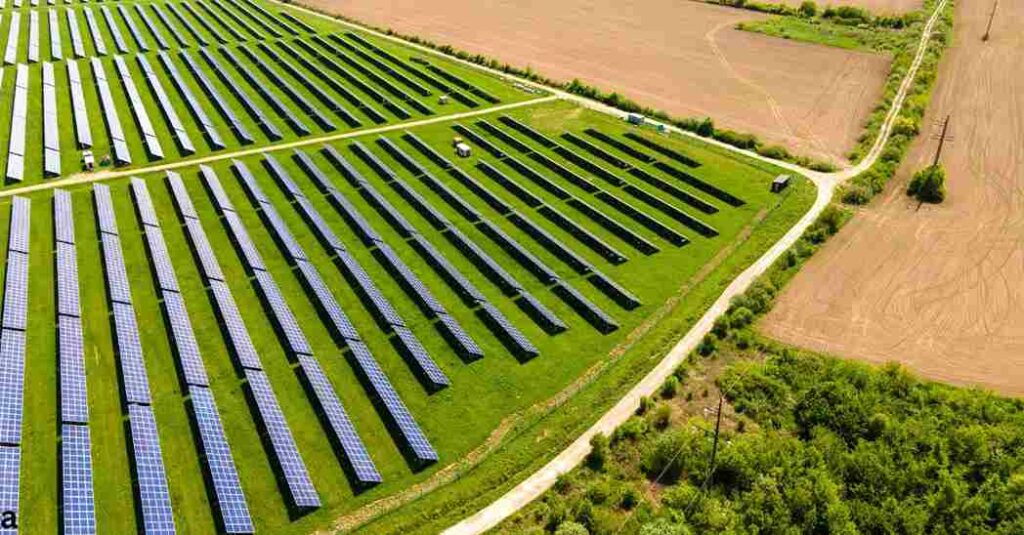
Enhanced Productivity
Solar panel productivity is their ability to make electricity at or above expected levels. They must do this consistently. Reflective coatings contribute to enhanced productivity in several ways:
Extended Hours of Operation: Reflective coatings improve solar panels’ low-light performance. They let the panels start producing power earlier in the morning and continue later into the evening.
Performance in All Weathers: Some reflective coatings scatter light. This means that, even in overcast conditions, more usable light reaches the solar cells.
Optimal Performance Angles: Solar panels operate at peak efficiency when aligned with sunlight. Coatings that reflect light counteract drops in panel efficiency due to misalignment.
Certain factors guarantee stable solar panel performance. They are not affected by the environment. This stability is crucial for dependability and accurate return calculations.
Extended Panel Lifespan
When considering an investment, the longevity of solar panels is essential. Adding a reflective coating boosts performance. It also greatly increases the panels’ lifespan. Here are some tips to improve solar panels’ lifespan.
Defense Against Environmental and UV Damage:
Many coatings reflect UV rays. Over time, UV rays can damage many materials. These coatings slow material degradation. They do this by deflecting harmful UV rays from solar cells.
Control of Temperature
Reflective coatings can lower the solar panels’ temperature. They do this by increasing their absorbance. Keeping solar panels cool makes them last longer. It also slows the aging and loss of efficiency caused by high temperatures.
Types of Reflective Coatings for Solar Panels
Designers created reflective coatings on solar panels to boost their efficiency. They achieve this by reducing the amount of sunlight they lose. The sunlight reflects onto the solar panels instead of other surfaces absorbing it. This innovative approach maximizes the productive use of solar rays. This is true for home, business, and industrial solar installations. Selecting a suitable reflective coating amplifies energy production significantly.
Common Materials Used
Materials gain popularity for reflective coatings due to their unique properties. These properties render them ideal for solar panel uses.
We pick materials for their adaptability and ability to deliver results.
Silver: Known for its excellent reflective properties, silver is often used in thin layers to enhance the reflection of solar panels. It is especially effective in concentrating solar power (CSP) systems.
Aluminum coatings. They balance cost and reflectivity well. They are durable, corrosion-resistant, and perform well under varying weather conditions.
Metallic Oxides: These include materials like titanium dioxide and silicon dioxide. They are used for their protective qualities as well as their reflective capabilities. These oxides are usually applied in very thin layers.
Each material has unique benefits and considerations. They affect the solar panel system’s efficiency, durability, and cost.
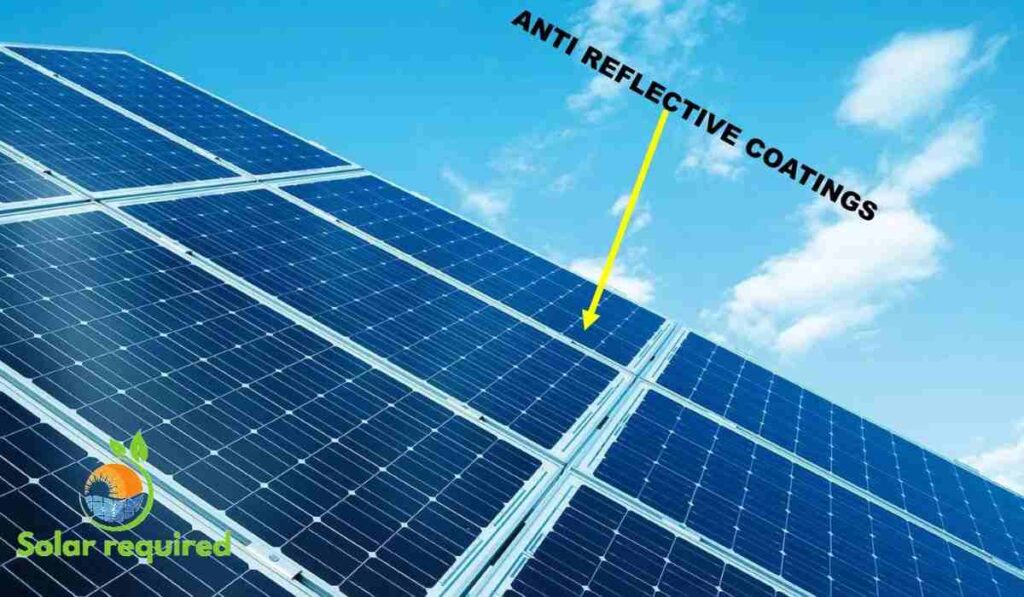
Methods of Application
Spray-on Coatings
Spray-on reflective coatings are popular because they are easy to use and very versatile. You can buy them in cans and simply spray the coating onto the surface of your existing solar panels. This method is convenient. It lets you apply the coating yourself, even if your panels are already installed. It’s a fast way to improve your panels. You won’t need to make major modifications.
How to Apply:
- Scrub the panels to eliminate dirt and dust residue.
- Make sure the panels are dry.
- Coat each panel’s surface with a uniform layer of reflective material.
- Allow the coating to dry as per the instructions on the can.
Pre-applied Coatings
During the manufacturing process, the panels apply pre-applied coatings. This means the panels come with the reflective coating already on them when you buy them. These panels optimize efficiency and are ready for immediate installation.
Benefits:
- Consistent quality and application.
- After purchasing, you do not need to do any extra work.
- Often comes with a manufacturer’s warranty covering the coating.
Professional Application vs. DIY
Professional Application
Pros:
- High Quality: Expertly applied for a smooth, durable finish.
- Enduring: Backed by a warranty, it stands the test of time.
Cons:
- Costly: More expensive than DIY
- Scheduling: This may involve waiting for an appointment.
DIY Application
Pros:
- Affordable: Cheaper, only pay for materials.
- Flexible: This can be done at your convenience.
Cons:
- Variable Quality: Results may not match professional standards.
- Time-Consuming: Requires significant effort.
- No Warranty: Any issues are your responsibility.
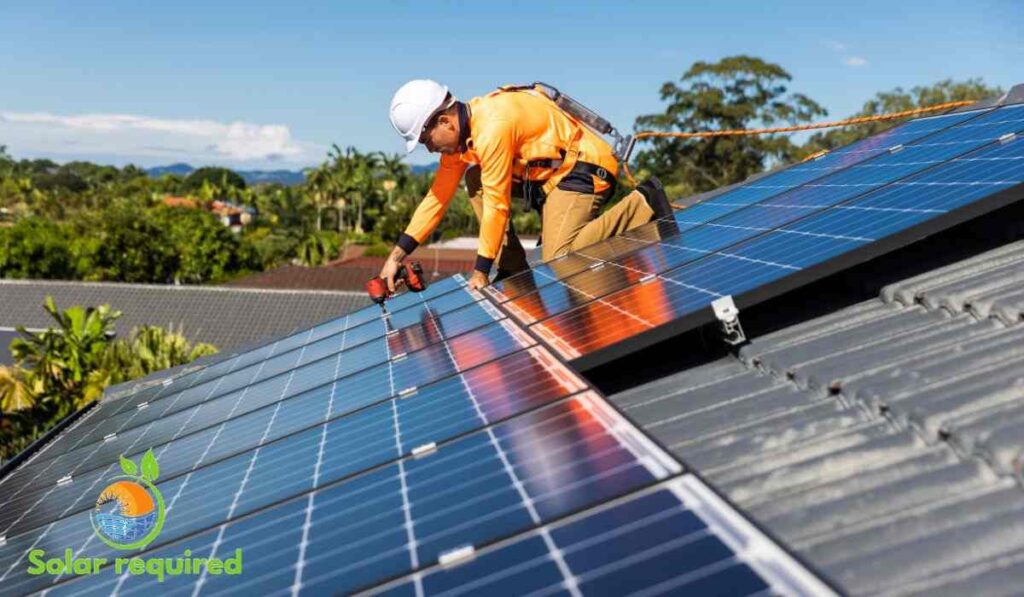
Comparison of Different Coating Types
When choosing a reflective coating, consider several factors. Use them to select the best type for a specific use. Here’s how some of the common types stack up against each other:
Cost: Aluminum coatings generally provide a more cost-effective solution compared to silver. Conductive polymers offer design flexibility. They can be cheap, depending on the mix.
Maintenance: Silver coatings undergo rapid corrosion. They may need more regular care to keep their high-reflecting qualities. Aluminum and oxide coatings are naturally durable and resist the elements. So, they need less maintenance.
Ultimately, the installation’s location, climate, and financial limits matter most. They have a big role in the choice of coating. We can make solar energy more efficient. We can do this by considering the traits of each type. This will make it more cheap. Choosing the right reflective coating can greatly boost solar panel performance. It maximizes the return on investment in solar technology.
Conclusion
An inventive and effective approach can help you get the most out of your solar investment. It is to have reflective coatings applied to your solar panels. These coatings ensure that panels work well. They make panels last longer and produce more electricity. They do this by improving the panels’ ability to absorb sunlight.
They also reduce heat buildup. Adopting these technologies makes financial sense. It also helps global sustainability. This is especially true. This is true. We see good environmental effects, like a lower carbon footprint. Each new advance in solar tech brings us closer to a cleaner future. It also brings us closer to a more sustainable future.
